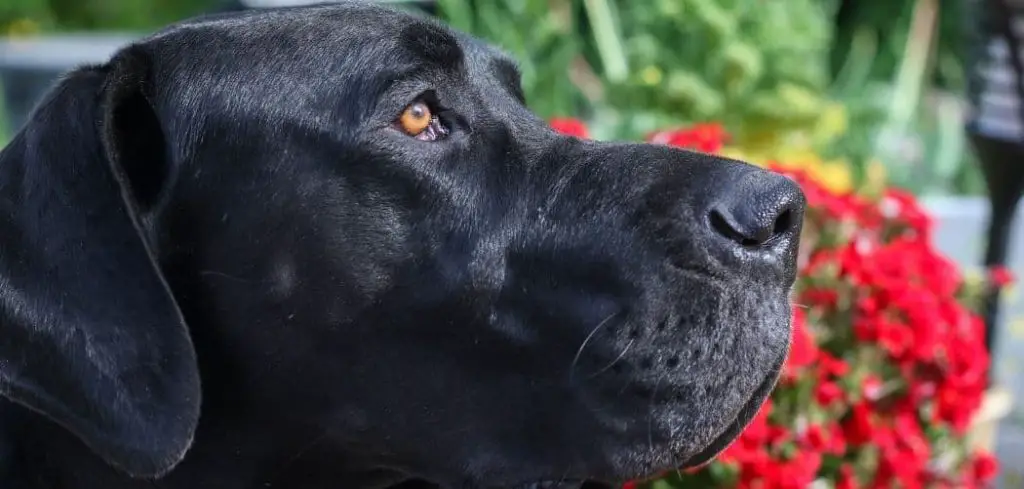When your dog starts growling and refuses to eat, it can be unsettling. This combination of aggression and appetite loss may indicate pain, fear, stress, or even a serious underlying medical condition.
We outline the common causes of dog growling and not eating, what you can do at home, and when to seek veterinary help.
Dog Growling and Not Eating — Why It Happens
Growling paired with not eating is often a sign that your dog is experiencing discomfort, fear, or confusion. It could stem from a painful condition, anxiety, dental disease, neurological problems, or even territorial behavior around food. The growling signals emotional or physical distress, while the appetite loss may result from illness or emotional upset.

Common Causes of Dog Growling and Not Eating
Pain or Discomfort
When dogs are in pain, they may become defensive and display aggression such as growling. If eating worsens the pain — for example, with a sore mouth or an internal issue — they may avoid food altogether.
Watch for limping, whining, stiffness, or sensitivity to touch. Dogs might also growl if approached while in pain. This reaction is protective rather than aggressive.
Untreated pain can cause your dog’s condition to worsen and significantly impact quality of life.
Dental Disease
Oral health issues like tooth abscesses, gum disease, or broken teeth can make eating extremely painful.
A dog experiencing dental pain might growl if you try to inspect their mouth or place food in front of them. They may paw at their face, drool excessively, or chew on one side of their mouth.
Dental disease is very common in adult and senior dogs and can lead to weight loss and systemic infections if ignored.
Read more: Dog Acting Weird and Not Eating (What’s going on?)
Resource Guarding
Some dogs exhibit growling behavior around food as a form of resource guarding. If they suddenly stop eating, it could be a behavioral shift triggered by anxiety, environmental change, or stress.
Growling in this context means the dog sees food as a possession to be protected — even if they don’t eat it. This can be dangerous if not managed appropriately, especially around children or other pets.
Professional behavioral support may be needed for moderate to severe cases.
Nausea or Gastrointestinal Issues
When dogs feel nauseous, they may refuse food. This is common with GI issues like pancreatitis, parasites, infections, or dietary indiscretion.
A nauseated dog may growl because they feel vulnerable or frustrated. Watch for vomiting, diarrhea, licking the lips, or unusual posture.
GI problems range from mild to life-threatening, so it’s important to monitor duration and severity.
Neurological Conditions
Disorders that affect the brain, like cognitive dysfunction in older dogs or seizures, can cause changes in behavior and appetite.
A dog may growl due to confusion, disorientation, or fear — even toward their trusted humans. Refusing food often accompanies these changes.
If your dog seems mentally altered, pacing, staring at walls, or showing signs of imbalance, neurological causes should be considered.
Fear or Stress
Stressful events — new environments, loud noises, visitors, vet visits — can cause dogs to growl defensively and lose interest in food.
If the behavior coincides with a recent change or trauma, your dog may be overwhelmed. This can be temporary or part of a larger anxiety issue.
Reducing triggers and offering comfort can help, but chronic anxiety should be discussed with your vet or a certified trainer.
What to Do If Your Dog Is Growling and Not Eating
First, stay calm and avoid scolding your dog for growling — it’s a form of communication that can alert you to something being wrong.
Check for visible signs of pain or injury. Examine the mouth (carefully) if it’s safe to do so. Try offering a bland, warm, easily digestible meal like boiled chicken and rice.
Create a quiet, low-stress feeding environment and avoid approaching them directly while they eat. Place food and water near their resting spot and step away.
Observe your dog closely for changes. If the behavior continues beyond 24–48 hours, or worsens, it’s time to contact your vet.
When to Call or Visit Your Vet
Seek veterinary help if:
The growling is persistent or escalating.
Your dog hasn’t eaten in more than 24 hours.
You suspect pain, dental issues, or nausea.
Your dog shows signs of aggression toward familiar people or pets.
Neurological symptoms like confusion, seizures, or abnormal behavior develop.
Prompt medical care is key to identifying the underlying cause and preventing complications.
Read more: Dog Lethargic and Not Eating (Is it something serious?)
Key Takeaway
If your dog is growling and not eating, they may be in pain, feeling stressed, or suffering from an underlying medical condition.
Listen to their cues, monitor closely, and avoid punishment — growling is often their way of asking for help.
Reach out to your veterinarian to get to the root of the issue and restore your dog’s comfort and appetite.
